Perk Up with 6 Tasteful Malaysian Drinks
Lighten your mood and rejuvenate your senses with 6 must-try Malaysian drinks!
Discover the authentic in Asian cuisine food
Around the World, Fresh Produce, Tips & Tricks
-940x627.jpg)
Pretty much all cultures around the world have barbecue – among the very first cooking methods humans invented since we began using fire. Among Asians, grilled meats and seafood are a whole category of historic, traditional and modernised delicacies. Koreans are of course, no exception. However, there are key features of Korean barbecue that make it a unique and extra tasty experience.
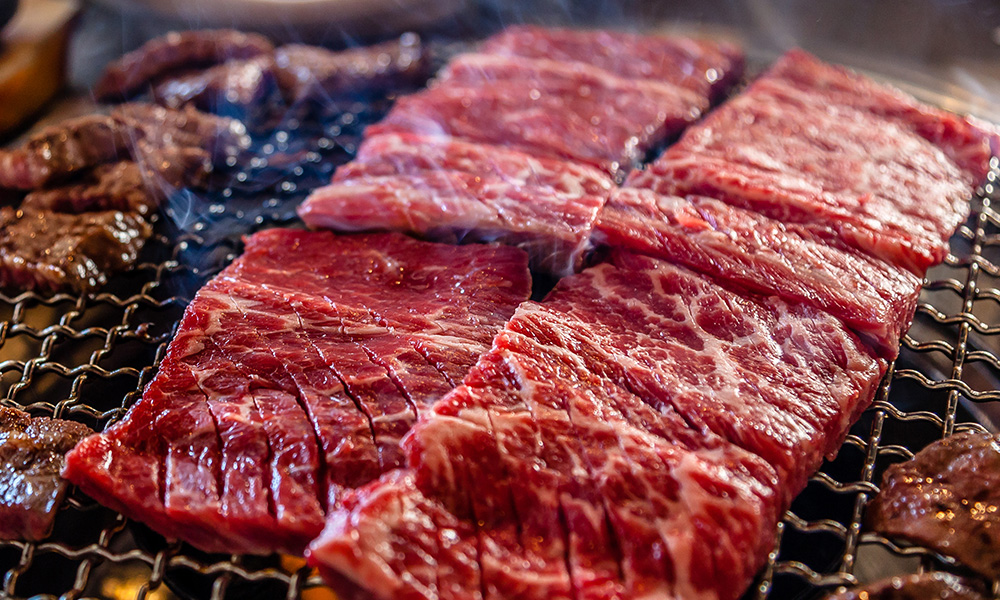
According to historical records, Korean barbecue most likely began with the earliest settlers in the peninsula, who had brought their recipe for preserved salted meat, which they cooked in high heat. Over the ages, the recipe had evolved into the Korean barbecue we know and love today – first favoured by the Korean royalty during the early 20th Century, and gradually popularised to the common folk.
What makes Korean barbecue different?
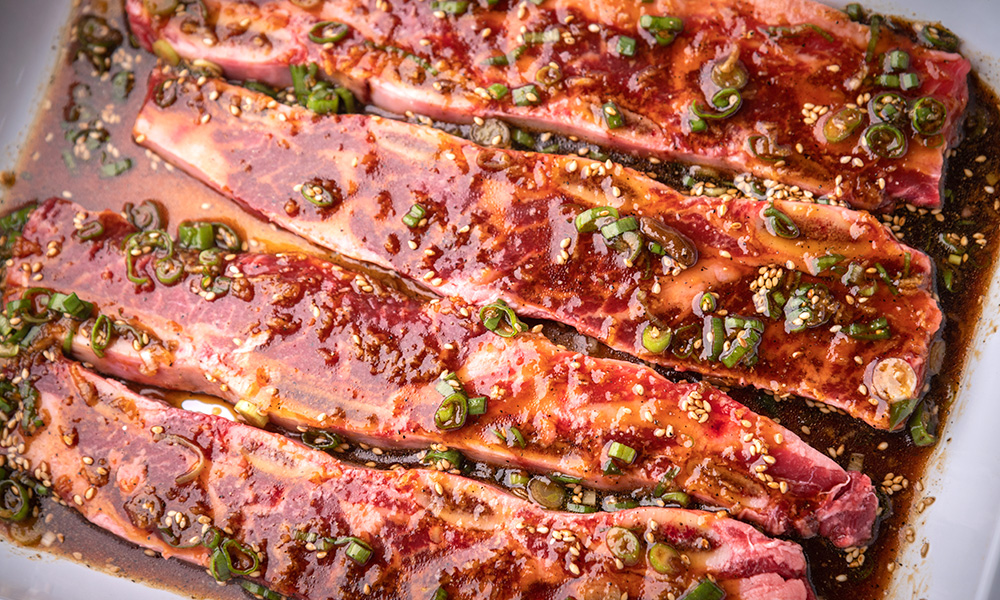
From this legacy comes one of the yummy distinctions of Korean barbecue: Thinly sliced meats, marinated with soy sauce, cooking wine, black pepper, sesame oil, a bit of sugar, and a dash of Korean pear juice. Usually kept overnight for the meat to take in the flavours. Then, grilled over charcoal to imbue a rich smoky aroma.
You can certainly make your own Korean barbecue marinade with the ingredients above, or head over to your nearest supermarket and pick up a bottle of Ottogi Bulgogi Sauce & Marinade – our preferred authentic Korean brand. Made with premium ingredients and carefully balanced to create the luscious sweet, tangy and savoury Korean barbecue marinade. Ottogi Bulgogi Sauce can also be used as a stir-fry seasoning, to add that signature Korean flavour to your meats, seafood and vegetable dishes.
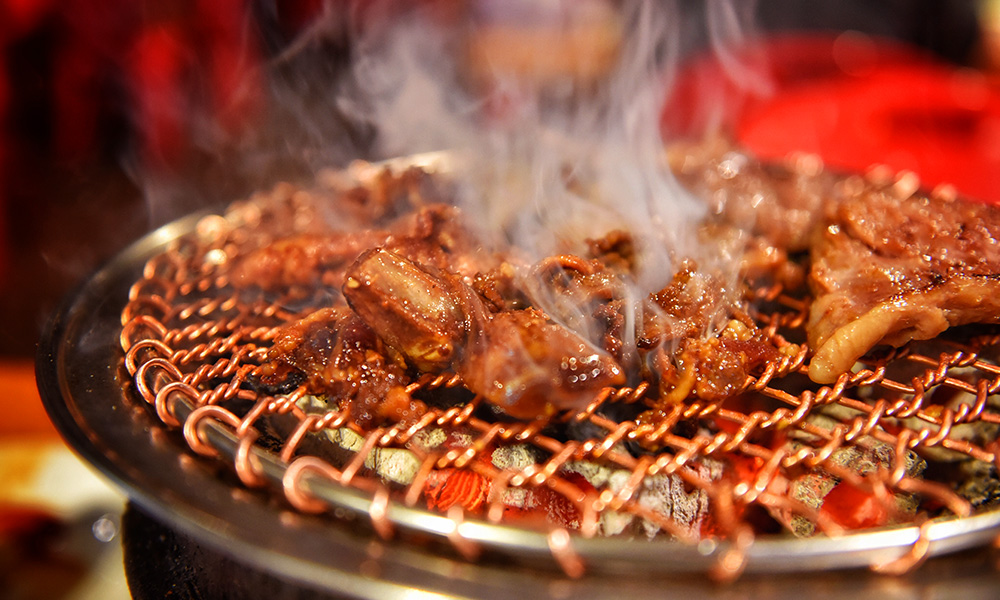
In Korean barbeque restaurants, typically, gas or charcoal grills inbuilt to the table are used. However, some restaurants also use portable metallic plates. You can purchase these portable grills for home use, making Korean barbeque great for any place and time of the year.
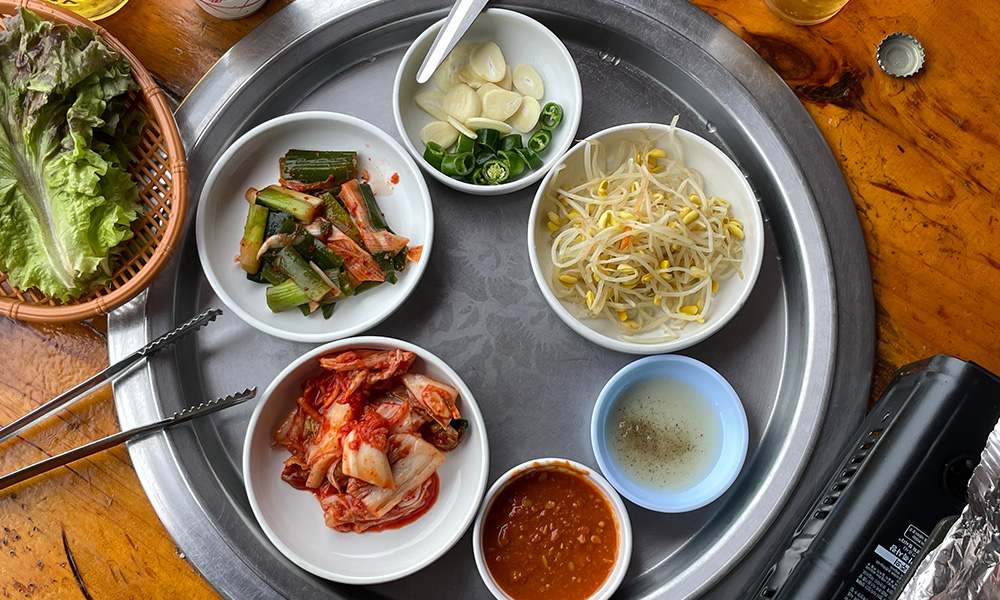
The cooked meat is usually eaten in lettuce wraps called Ssam or perilla leaf-wraps called Gganip. The wraps’ filling often include kimchi, pickled cucumbers and other Banchan goodies. Enjoyed with the traditional Ssamjang dip sauce – a spicy savoury blend of Gochujang chilli paste, Doenjang soybean paste, rice wine, honey, sesame oil, garlic and onions. Perfect to enrich the grilled meat’s flavours.
Want a simpler dip sauce? Just mix a dash of salt with Korean sesame oil for a savoury fragrant oomph that goes great with both meat and veggies.
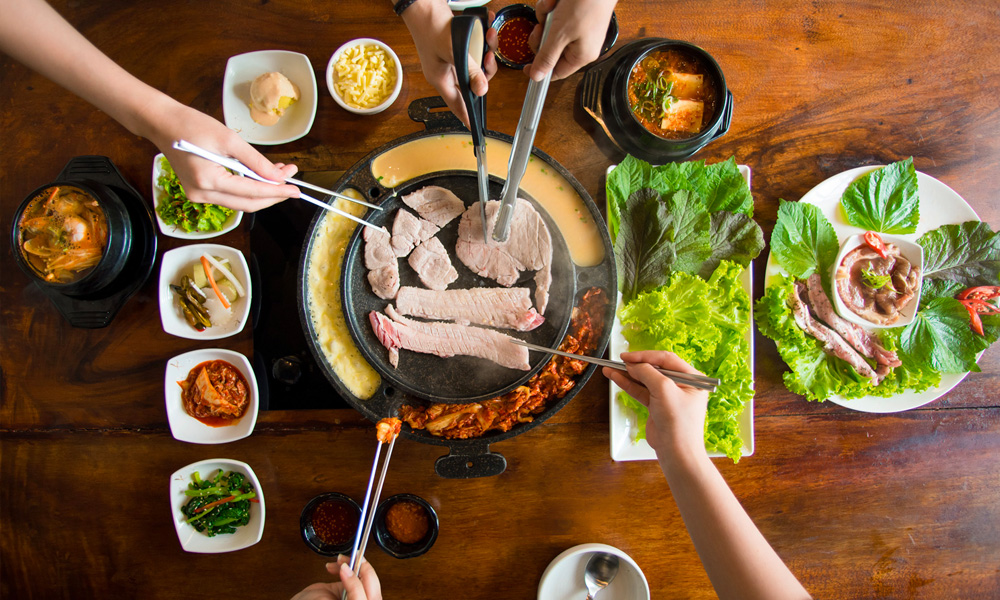
Korean barbecue is a shared table experience. Friends and family get together to grill the marinated meats, savour the array of Banchan side dishes, and chitchat to their heart’s delight with drinks. While Korean barbecue restaurants are abundant nowadays, it’s also a wonderful house party to have, regardless of weather.
So, ready to have your own Korean barbecue at home? Here are the best meat cuts to get:

Samgyeopsal is Korean for thick cut pork belly. Affordable and easy to cook, this is the most popular barbecue option among Koreans. Pork belly can also take in the marinade flavours easily, releases natural meaty juices when grilled, and results in a tender yet chewy bite.
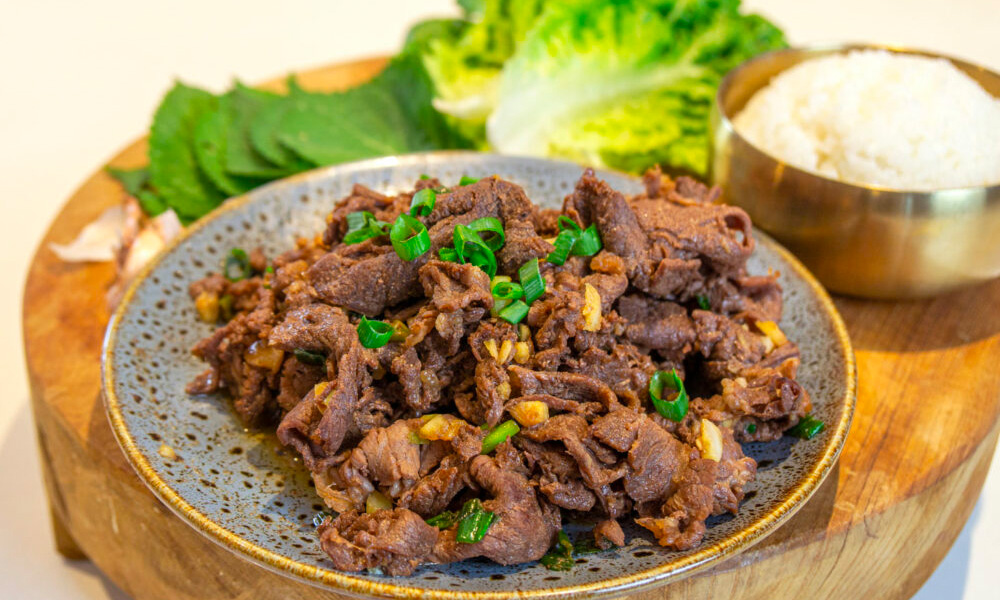
In Korean, Bulgogi refers to thinly sliced meat, usually beef, that is marinated and grilled for Korean barbeque. When cooked, the meat exudes a tantalizing savoury-sweet flavour. Bulgogi is also a common main dish enjoyed with rice in regular Korean home-cooked meals, apart from barbecue – try our recipe for this classic Korean grilled meat!
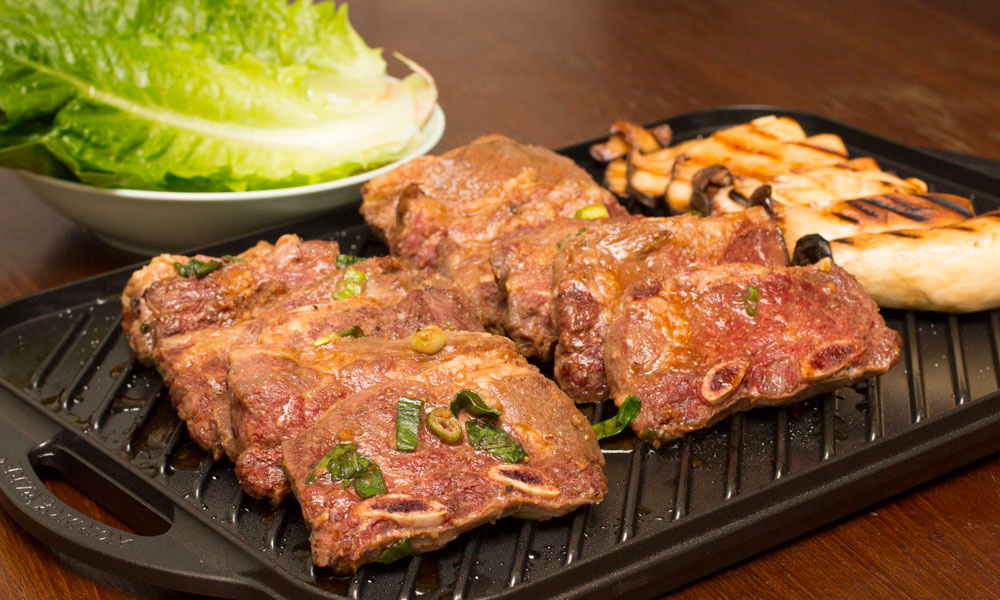
Galbi is Korean for beef short ribs. Tender, juicy and absolutely divine with marinade, this cut is considered a delicious indulgence in Korean barbecue.

Jumulleok is the short steak cut from the cow’s chuck area. The meat’s tender chewy texture makes it great for the grill. Also, an affordable option for Korean barbecue.
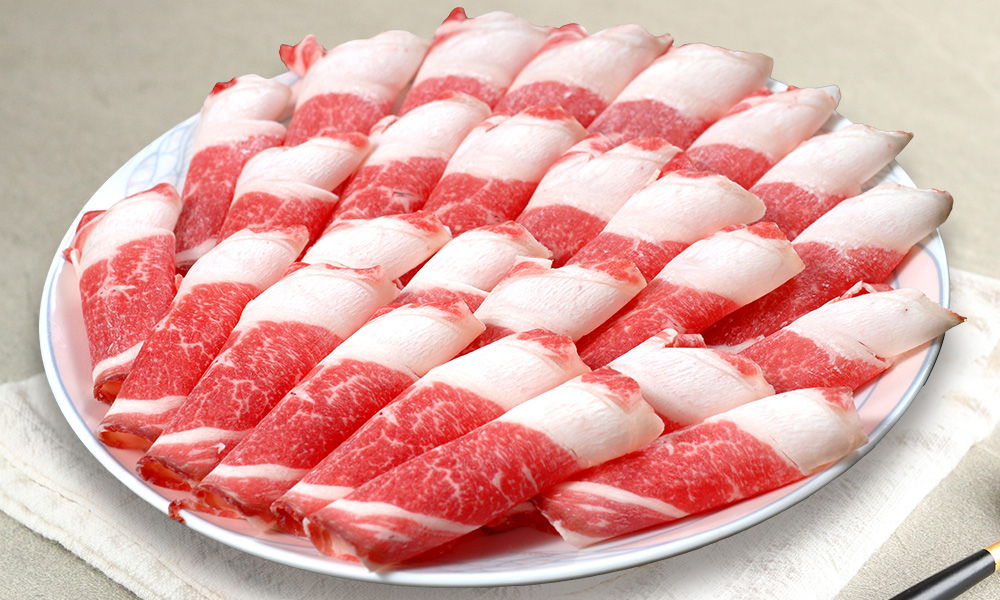
Thinly sliced beef briskets are known as the Chaldolbagi cut in Korean. The thinness trims down the fat from the meat cut’s marbling. When grilled, Chadolbagi curls up and cooks easily into a velvety texture. In Korean barbecue, this meat cut is usually cooked unmarinated, thanks to the naturally rich flavour.

Similar to the sliced briskets, thinly cut rib-eye or sirloin steak called Deungsim are also grilled without a marinade. The marbling that comes in the steak gives a juicy, savoury flavour when cooked.
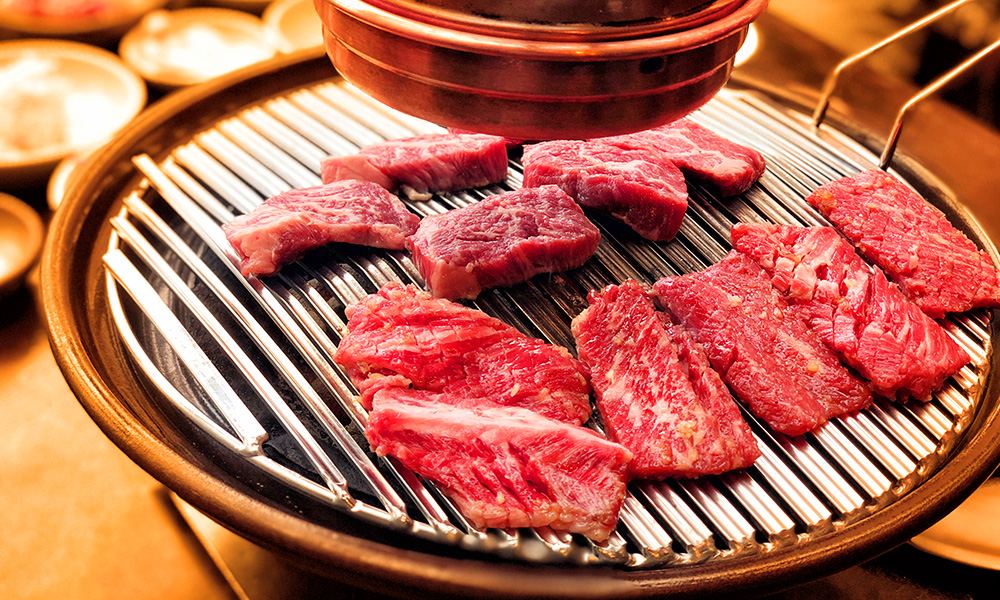
Flank steak or Chimasal is cut from the cow’s belly muscles – among the leanest beef cuts you can get, with little fat marbling and cooks quickly. Chimasal is also cooked unmarinated in Korean barbecue and tastes like fragrant bacon.

Dak Galbi is a boneless cut of chicken meat. Its relatively neutral flavour makes it perfect for marinades, and grilling tenderises the chicken to a yummy soft texture. Besides Korean barbecue, Dak Galbi is also enjoyed as a spicy Korean meal dish.
Boneless chicken can also be chopped into pieces to make the classic Fire Chicken or ‘Buldak’ in Korean barbecue. The meat is marinated with a spicy savoury mix of gochugaru chilli powder, gochujang chilli paste, soy sauce, garlic, ginger, corn syrup and black pepper. Then grilled to tender fragrant perfection. Besides barbecue, you can also savour a Fire Chicken roast with cheese.
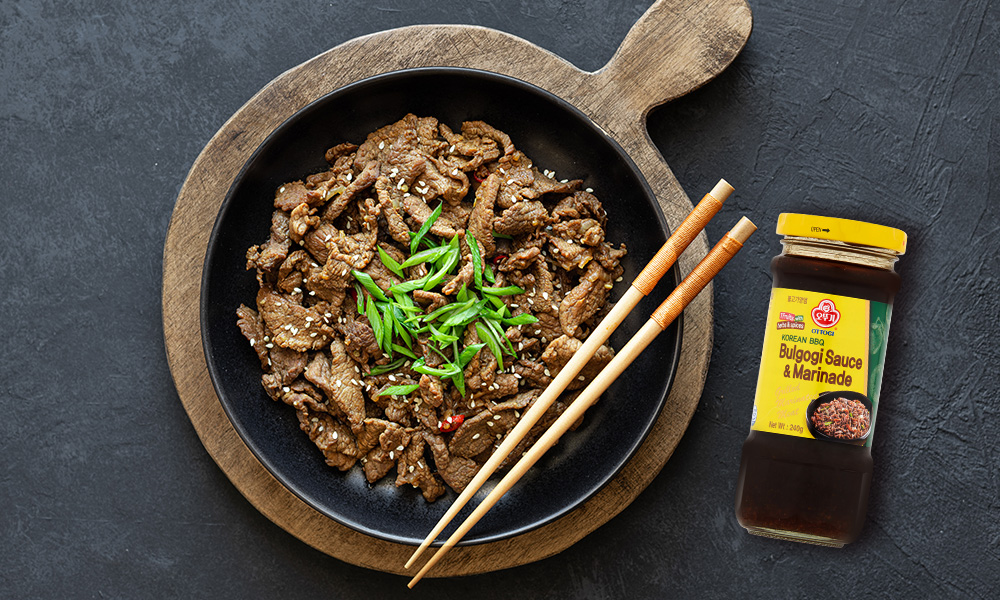
As mentioned above, Ottogi is our preferred brand for authentic Korean sauces and condiments. Every Ottogi product is made with the perfect blend of high-quality ingredients to give you the tastiest Korean flavours. So get started with an easy Korean barbecue with Ottogi Bulgogi Sauce & Marinade, and add that distinct nutty savoury aroma to your Korean cooking with Ottogi Sesame Oil. Available at supermarkets near you.

Lighten your mood and rejuvenate your senses with 6 must-try Malaysian drinks!

Pair your hearty barbecues with these refreshing Asian delights!

What are the properties of ginger, and how to pick, store and use ginger in your cooking? Find out here!